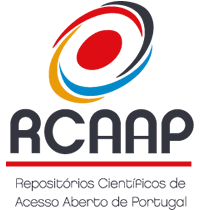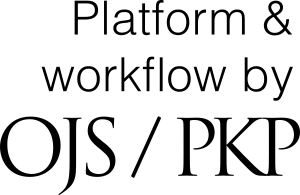Human sustainability: the engine of organizational performance
DOI:
https://doi.org/10.48797/sl.2025.355Keywords:
Invited SpeakerAbstract
Background: Organizations are facing increasing challenges related to employee well-being, engagement, and performance. Traditional productivity-driven approaches often neglect the fundamental role of human sustainability—the ability to sustain individuals' physical, emotional, and cognitive well-being in the workplace. Objective: This presentation explores how a human-centered approach enhances organizational performance by fostering resilience, motivation, and long-term effectiveness. Methods: Through a synthesis of research findings, case studies, and real-world applications, we analyze the impact of leadership, work culture, and well-being initiatives on employee performance and retention. Key factors such as psychological safety, purpose-driven work, and work-life balance are examined. Results: Evidence suggests that organizations prioritizing human sustainability report increased productivity, innovation, and employee satisfaction. Referring to the application of practical human sustainability measures, positive outcomes such as reduced burnout and improved employee engagement have been observed. Conclusions: Human sustainability is not just an ethical responsibility but a strategic advantage. Companies that invest in people as their core asset cultivate a thriving, high-performing workforce, ultimately driving organizational success.
References
1. Lyubomirsky, S. (2007). The How of Happiness: A New Approach to Getting the Life You Want. Penguin.
2. Seligman, M.E.P. (2011). Flourish: A Visionary New Understanding of Happiness and Well-Being. Free Press.
3. Kahneman, D. (2011). Thinking, Fast and Slow. Farrar, Straus and Giroux.
Downloads
Published
How to Cite
Issue
Section
License
Copyright (c) 2025 Rita Carvalho de Matos, Pedro Canas da Mota, Madalena Carey

This work is licensed under a Creative Commons Attribution 4.0 International License.
In Scientific Letters, articles are published under a CC-BY license (Creative Commons Attribution 4.0 International License), the most open license available. The users can share (copy and redistribute the material in any medium or format) and adapt (remix, transform, and build upon the material for any purpose, even commercially), as long as they give appropriate credit, provide a link to the license, and indicate if changes were made (read the full text of the license terms and conditions of use).
The author is the owner of the copyright.









